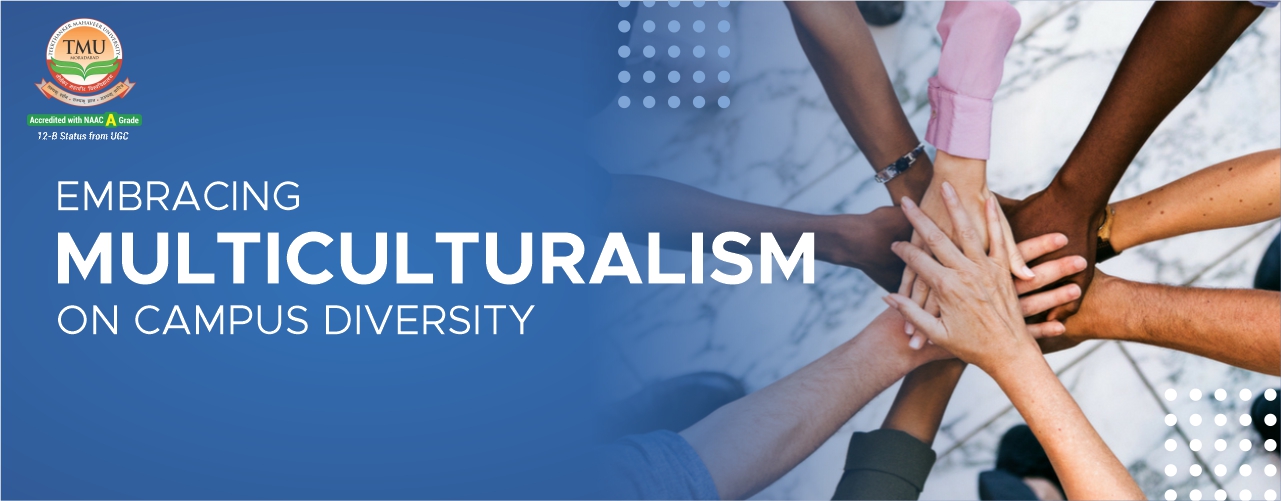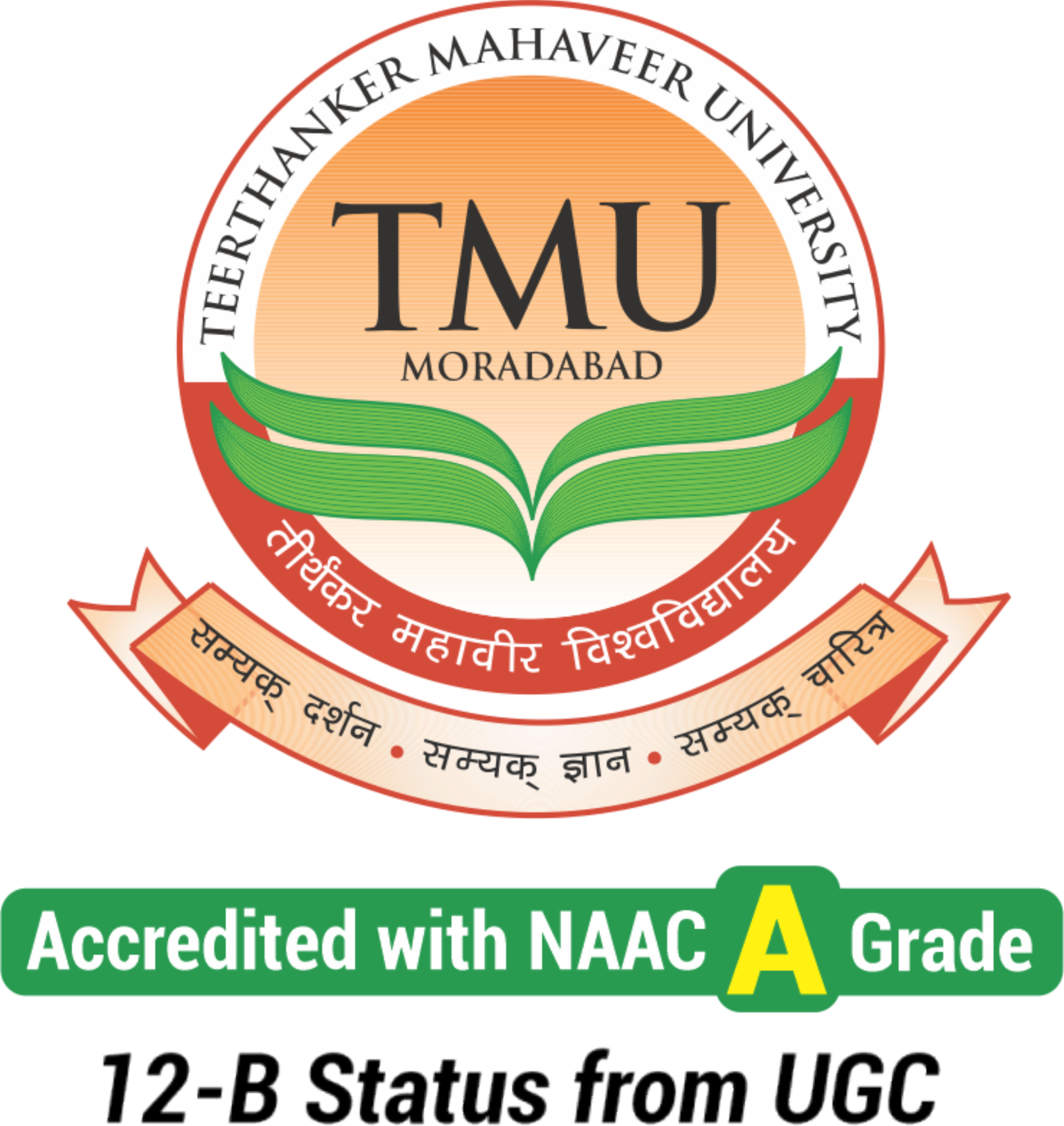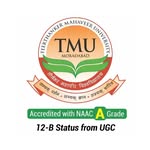Diving into Diversity: Embracing Multiculturalism on Campus
Table of Contents
In the tapestry of the modern college campus, each thread represents a unique background, a distinct voice, and a singular experience. Collectively, these threads create vibrant and diverse perspectives that hold immense potential for learning and growth. At the heart of this landscape lies multiculturalism, the celebration and inclusion of various cultural backgrounds, beliefs, and dimensions. But you may wonder why diversity plays such a pivotal role on the university campuses . The primary reason converges at cultural backgrounds, cultural diversity, and diverse backgrounds that all instrumentally cater to holistic learning- Academically and Socially.
Diversity on the campus brings a melange of facets in terms of learning. Students learn the essence various cultural countenances bring along and how remarkably different yet unified various cultures and heritages stand. Moreover, universities that prompt their students to embrace diversity teach diverse aspects such as thriving in a diverse workforce, spurring the adaptability to co-exist and co-function with people from contrasting economic statuses, and instilling respect and regard for people from different geo-political regions. All these factors eventually lead the way for a wholesome learning experience.
Why Multiculturalism Matters?
Before delving into the how-to's, it's pivotal to understand why multiculturalism in university is crucial to reify students' personalities by stirring the feeling of unison.- Broadening Horizons: Exposure to different cultures, beliefs, and customs can challenge our perceptions and biases. Interacting with peers from diverse backgrounds can expose students to different worldviews, encouraging them to see the bigger picture. Hence, multiculturalism on university campuses holds prime importance in promoting cultural, regional, and financial exclusivity.
- Cultivating Creativity: One of the chief strengths of a diverse team is its potential to offer a broader range of solutions and ideas. Different upbringings, traditions, and viewpoints mean that individuals will have varied thought processes. When these diverse perspectives collide, they can lead to innovative problem-solving. By constructively challenging each other's viewpoints, diverse teams can break away from "groupthink" and inspire creativity that wouldn't be possible in a more homogenous group.
- Enhancing Soft Skills: Multicultural environments are not without challenges. They often require individuals to navigate cultural misunderstandings or nuances. This can refine soft skills that are invaluable in personal and professional realms. Empathy becomes crucial as individuals seek to understand peers from different backgrounds. Adaptability is sharpened as situations may require a flexible approach, accommodating multiple cultural norms. Enhanced communication skills emerge as one learns to convey ideas to those with different linguistic or cultural frames of reference.
- Preparing Global Citizens: Our world is increasingly interconnected. The ability to collaborate and communicate across cultures is no longer just a plus; it's essential. Institutions prioritizing multiculturalism arm their students with the experiences and knowledge to succeed in this global environment. Such exposure expands learning horizons and cultivates a sense of global responsibility and interconnectedness so that students develop the all-encompassing dynamics of propelling in today’s world, where one is neither restricted by geographical terrains nor by opportunities. Hence, universities contributing to a diversifying environment conducive to students’ learning ensure their preparedness to work across the globe. Therefore, promoting multiculturalism in higher education is not just about creating a diverse environment for the sake of diversity. It's about preparing a college student with the all-embracing learning styles for a world where understanding and navigating diverse cultures is critical to personal and professional success.
Teerthanker Mahaveer University
Apply for Admission
Click Here To Apply for Admission
Embracing Multiculturalism: The Steps Forward
For campuses genuinely committed to embracing multiculturalism, it's imperative to move beyond mere tokenistic gestures or surface-level inclusions. The journey begins with a reflective review of institutional policies and practices, ensuring that they are inclusive by design and not just in spirit.Let’s delve into the steps crucial to ensure the correct functionality of diversity in universities.
- Diverse Admissions: Institutions should actively recruit and admit students from various backgrounds, ethnicities, countries, and socioeconomic statuses. Offering scholarships or financial aid to underrepresented groups can also balance the scales.
- Curriculum Revamp: Including courses that offer perspectives from different parts of the world or various cultures can foster understanding. For instance, literature courses that explore works from African, Asian, and Latin American authors can offer new insights.
- Cultural Events & Workshops: Hosting cultural festivals, workshops, and seminars can be a fun and informative way to introduce students to different cultures. These events can range from food festivals and traditional dance performances to workshops on cultural etiquette.
- Promote Cultural Exchange: Programs that promote student exchanges, or even simple 'buddy' programs that pair local students with international peers, can be effective in fostering multicultural understanding.
- Safe Spaces: Create areas on campus where students from minority groups can gather, share experiences, and feel safe. These spaces can also be a hub for others to learn about these cultures in an authentic setting
- Training & Workshops for Staff: Faculty and administrative staff should undergo training sessions to ensure they are culturally sensitive and can handle diversity-related issues.
- Feedback Mechanism: It's essential to have a system where students can provide feedback on multicultural initiatives. This ensures that the strategies are effective and allows room for improvement.
- Celebrate Multicultural Milestones: International Women's Day, Black History Month, or even local cultural festivals should be celebrated on campus. This shows respect for diversity and can be a learning experience.
Additionally, the curriculum should be revisited to incorporate a global perspective, highlighting contributions from diverse cultures. Campus events and activities must celebrate varied traditions, fostering an environment where everyone feels seen and valued.
Most importantly, there should be continuous dialogue, feedback mechanisms, and adaptability to ensure that the campus evolves with the changing needs of its multicultural population. Only then can higher education institutions claim to be genuinely immersed in the ethos of multiculturalism.
The Challenges & The Triumphs
It's essential to acknowledge that embracing multiculturalism is not without its challenges. Misunderstandings, stereotyping, or even resistance from certain sections might arise. But it's in navigating these challenges that the true essence of diversity shines through. The triumphs, in the form of an enlightened student body, a cohesive campus environment, and graduates ready to take on the global stage, make the journey worth it.In conclusion, while the multicultural fabric of a college can be its most significant asset, how we weave these threads together defines the legacy we leave behind. By truly diving into diversity and embracing the richness it brings, campuses can create a milieu that's academically enriching and a reflection of our world's global village. It's time to dive deep and embrace the multitude of hues that paint the modern-day campus!
To read more such blogs, please visit: TMU Blogs.















